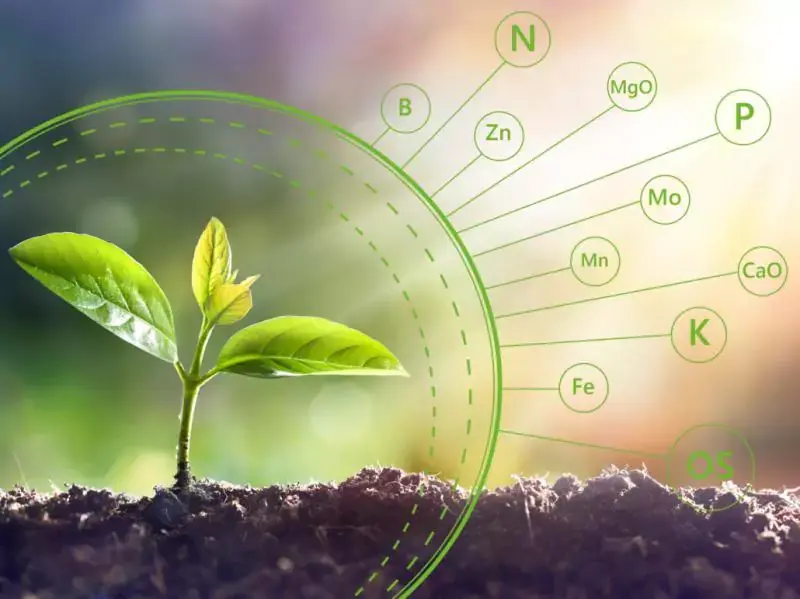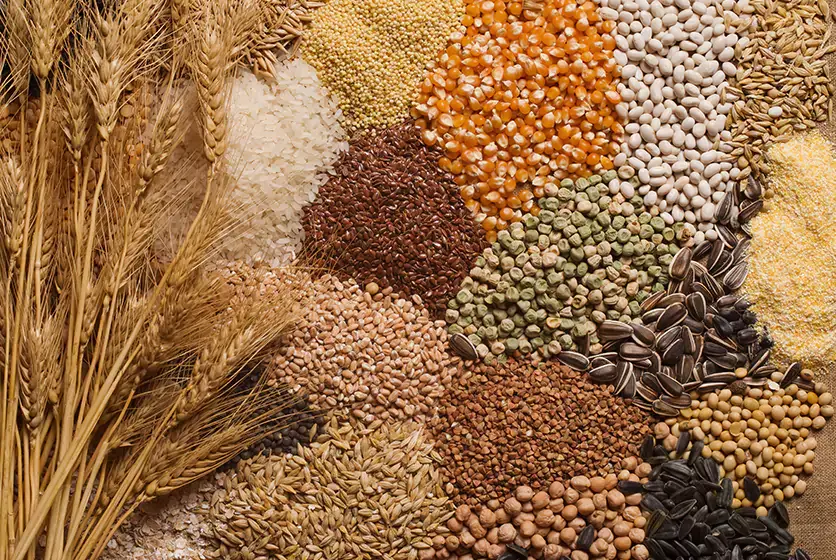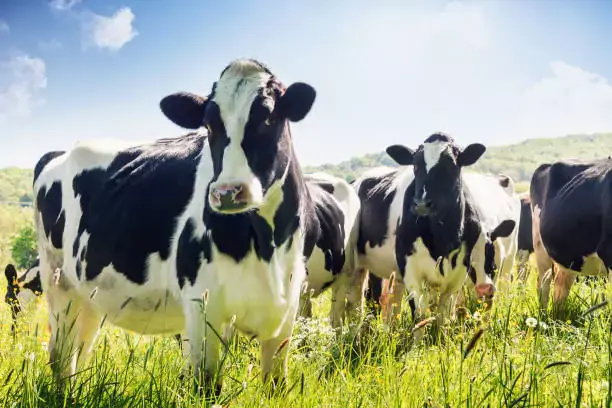فاسفورس اس طریقہ کار میں ایک اہم عنصر کے طور پر کام کرتا ہے جس کے ذریعے پودے سورج کی روشنی کو خوراک، فائبر اور تیل پیدا کرنے کے لیے استعمال کرتے ہیں۔ یہ فتوسنتھیس، شوگر میٹابولزم، توانائی کا ذخیرہ اور منتقلی، سیل ڈویژن، سیل کی نشوونما، اور جینیاتی مواد کی ترسیل کے عمل کے لیے بنیادی ہے۔ یہ غذائیت جڑوں کی صحت مند نشوونما میں معاونت کرتا ہے، ابتدائی شوٹ کی نشوونما کو متحرک کرتا ہے، کٹاؤ کو کم کرنے کے لیے زمینی احاطہ کو تیز کرتا ہے، پھلوں، سبزیوں اور اناج کے معیار کو بہتر بناتا ہے، اور بیج کی پیداوار کے لیے ضروری ہے۔ فاسفورس کی مناسب فراہمی پودوں میں پانی کے استعمال کی کارکردگی کو بڑھاتی ہے، دیگر غذائی اجزاء جیسے نائٹروجن کے جذب کو بہتر بناتی ہے، کچھ اقسام میں بیماریوں کے خلاف مزاحمت کو بڑھاتی ہے، پودوں کو سردی اور نمی کے دباؤ کو برداشت کرنے میں مدد دیتی ہے، پختگی کو تیز کرتی ہے، اور پودوں کی ماحولیاتی استحکام کو فروغ دیتی ہے۔ نائٹروجن ماحولیاتی نظام میں ایک اہم کردار ادا کرتا ہے کیونکہ یہ کلوروفیل کا ایک بنیادی حصہ ہے، وہ روغن جو پودوں کو پانی اور کاربن ڈائی آکسائیڈ سے شکر کی ترکیب کے لیے سورج کی روشنی کو استعمال کرنے کے قابل بناتا ہے، یہ عمل فوٹو سنتھیس کے نام سے جانا جاتا ہے۔ مزید برآں، نائٹروجن ضروری ہے کیونکہ یہ ایک کے طور پر کام کرتا ہے: - امینو ایسڈ میں کلیدی عنصر، جو پروٹین کی بنیادی اکائیاں ہیں۔ پروٹین کی کمی پودوں کی خرابی اور موت کا باعث بنے گی۔ کچھ پروٹین پودوں کے خلیوں کے اندر ساختی معاونت فراہم کرتے ہیں، جبکہ دیگر انزائمز کے طور پر کام کرتے ہیں، جو زندگی کے لیے ضروری متعدد حیاتیاتی کیمیائی رد عمل کو آسان بناتے ہیں۔ - توانائی کی منتقلی کے مالیکیولز کا لازمی حصہ، جیسے اے ٹی پی (اڈینوسین ٹرائی فاسفیٹ)۔ ATP خلیات کے لیے میٹابولک عمل کے دوران پیدا ہونے والی توانائی کو ذخیرہ کرنے اور استعمال کرنے کے لیے ضروری ہے۔ - نیوکلک ایسڈ کا بڑا جزو، بشمول ڈی این اے، جو کہ موروثی مواد ہے جو خلیوں اور بالآخر، پورے پودوں کو نشوونما اور دوبارہ پیدا کرنے کے قابل بناتا ہے۔ نائٹروجن کے بغیر، زندگی جیسا کہ ہم سمجھتے ہیں یہ موجود نہیں ہوگی۔
Phosphorus serves as a critical element in the mechanism by which plants harness sunlight to produce food, fiber, and oil. It is fundamental to the processes of photosynthesis, sugar metabolism, energy storage and transfer, cell division, cell growth, and the conveyance of genetic material. This nutrient supports healthy root development, stimulates early shoot growth, accelerates ground cover to mitigate erosion, improves the quality of fruits, vegetables, and grains, and is essential for seed production. An adequate supply of phosphorus enhances the efficiency of water usage in plants, optimizes the absorption of other nutrients such as nitrogen, increases disease resistance in some varieties, aids plants in enduring cold and moisture stress, accelerates maturation, and promotes environmental sustainability through enhanced plant growth.Nitrogen plays a crucial role in the ecosystem as it constitutes a fundamental part of chlorophyll, the pigment that enables plants to harness sunlight for the synthesis of sugars from water and carbon dioxide, a process known as photosynthesis. Additionally, nitrogen is essential because it serves as a: - Key element in amino acids, which are the fundamental units of proteins. The absence of proteins would lead to the deterioration and death of plants. Some proteins provide structural support within plant cells, while others function as enzymes, facilitating numerous biochemical reactions that are essential for life. - Integral part of energy-transfer molecules, such as ATP (adenosine triphosphate). ATP is vital for cells to store and utilize the energy generated during metabolic processes. - Major constituent of nucleic acids, including DNA, which is the hereditary material that enables cells and, ultimately, entire plants to develop and reproduce. Without nitrogen, life as we understand it would not exist.






